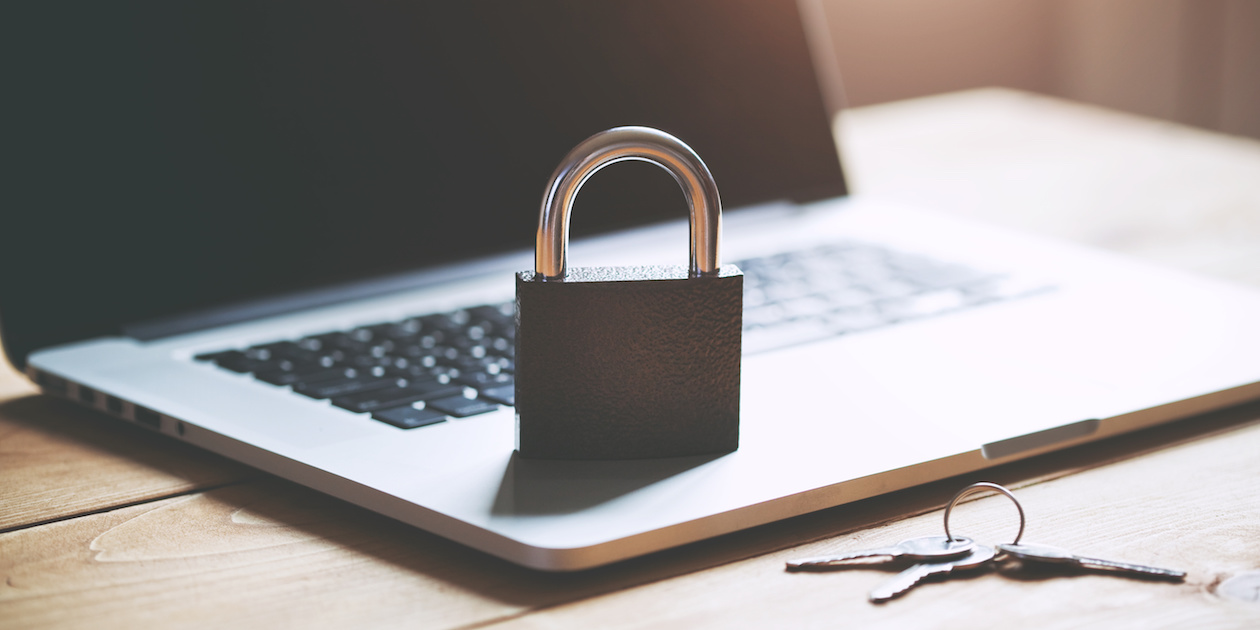Cyber risks have become a more significant issue in the retirement space in recent years. With many plans using multiple service providers that share large amounts of data, vulnerabilities are evident, and risks are prevalent. Both plan assets and personally identifiable information (PII) are at risk. While completely eliminating these risks is impossible, managing these risks is achievable and is essential to not only following ERISA prudence standards, but simply in serving the best interests of plan participants as well. It is important to remember that managing your cybersecurity is an ongoing process and it should not be rushed. Below, we review key preventative measures against common cyberattacks.
Potential Downside for Plan Sponsors Upon a Security Breach
- Liability and damages
- Expensive fines and remediation conditions
- Litigation and class action settlements
- Costs to mitigate damages
- Identify theft protection
- Credit monitoring
- Business interruption
- Loss of trust from clients/employees
- Bad reputation
- Delay in employee productivity
- Loss of intellectual and real property
- Costs of Data Breaches
- Detecting extent of exposed data
- Restoring systems
- Claims Risk Under State Law
- Potential enforcement actions by state agencies leading to significant remedial expenses.
The breadth of potential threats and avenues for breaches is often misunderstood and understated by plan sponsors. CISA, JP Morgan, and CISCO have all outlined common cyberattacks with preventative measures as leaders in the space. Considering these measures is crucial to the ultimate protection of plan sponsors and their plan participants.
Common Cyberattacks
Let’s examine a few common cyberattacks that hackers use along with preventative measures to reduce the risk of falling prey to a breach.
Ransomware
Ransomware attacks utilize malicious software to encrypt a hard drive and deny access to a computer system until a certain amount of money is paid. The cause of these attacks is spread through phishing emails redirecting users to an affected website and downloading the ransomware. Getting a ransomware attack can be detrimental to an individual or organization because any important data stored inside of the computer is now at risk. Recovering the data is also a difficult process, and it is not guaranteed that the data can be retrieved. This is one of the most common cyberattacks, and it can be very expensive for the organization to fix.
Preventative measures for individual users/employees:
- Update software and operating systems with the latest patches. Outdated software and operating systems are more susceptible to attack.
- Never click on open attachments and links in emails that are not recognizable.
- Back up computer and important data frequently. For example, keeping the data on a system that does not need online support is recommended.
- When browsing the internet, follow safe practices and do not click on risky links and websites.
Preventative measures for organizations:
- Restrict employees from downloading and running software applications that are not approved. This will prevent malware from running and spreading through the network.
- Implement application whitelisting (specifying an index of approved software applications) parameters to only allow approved programs to run on a network.
- Scan all incoming and outgoing emails to filter and detect threats.
- Establish firewalls to block access to known malicious IP addresses.
- Automatically update and back up all computer systems and information on a regular basis.
Phishing
Phishing attacks are fraudulent emails that fake the identity of a reputable source. Most commonly, phishing is infiltrated through email so targeting is usually individuals. The intent of phishing attacks is to steal sensitive data, most commonly login information as it relates to retirement plan information.
Preventative measures for organizations:
- Educate your employees on what phishing is and how to recognize phishing emails. In addition, employees should be educated on what to do when one receives a phishing email.
- Implement network security technologies that include email and web security, malware protection, user behavior monitoring, and access control.
Wire Transfer Email Fraud
Wire email fraud occurs when a cyberattacker poses as a senior executive or a vendor requesting a wire transfer. The email can seem conversational, routinely asking about the employee’s late payment for an invoice that could result in a surcharge if not handled immediately.
Preventative measures for individual users/employees:
- Validate any new payment instructions that are received via email, even if the email has come internally.
- Call the individual or vendor directly to validate the email was sent by them and confirm any requests for payments to make sure everything is legitimate.
- Review all payments before they are sent to ensure all correspondence are validated and documented across the business.
With awareness of these threats and the proper preventive measures in place, both you the plan sponsor and your employees can more effectively mitigate cyberattacks. What is even more important is educating and training your staff on these preventive measures to help reduce the chances of a security breach.
Let PlanPILOT Help
We understand that establishing an effective cybersecurity strategy can be challenging. PlanPILOT will carefully advise and help outsource your cybersecurity process. We offer un-biased advice and assistance to better deliver benefits and decisions effectively. We encourage you to contact us at (312) 973-4911 or info@planpilot.com.
Watch Our Video For More Tips Against Cyber-Attacks
Related Posts
 Securing Retirement Plans: Cybersecurity Best Practices - Plan sponsors and their fiduciaries should consider taking proactive steps to protect their participants and their plan assets. We review cybersecurity best practices plan sponsors… ...Read More
Securing Retirement Plans: Cybersecurity Best Practices - Plan sponsors and their fiduciaries should consider taking proactive steps to protect their participants and their plan assets. We review cybersecurity best practices plan sponsors… ...Read More Ongoing Plan Sponsor Concerns - We review five ongoing concerns that plan sponsors should keep in mind to guarantee they have an effective retirement plan in place not only to… ...Read More
Ongoing Plan Sponsor Concerns - We review five ongoing concerns that plan sponsors should keep in mind to guarantee they have an effective retirement plan in place not only to… ...Read More Implementing Cybersecurity Best Practices for Plan Participants - Cybersecurity has become a prevalent concern in the retirement industry. It's important for plan sponsors to provide guidelines to their plan participants on cybersecurity best… ...Read More
Implementing Cybersecurity Best Practices for Plan Participants - Cybersecurity has become a prevalent concern in the retirement industry. It's important for plan sponsors to provide guidelines to their plan participants on cybersecurity best… ...Read More

